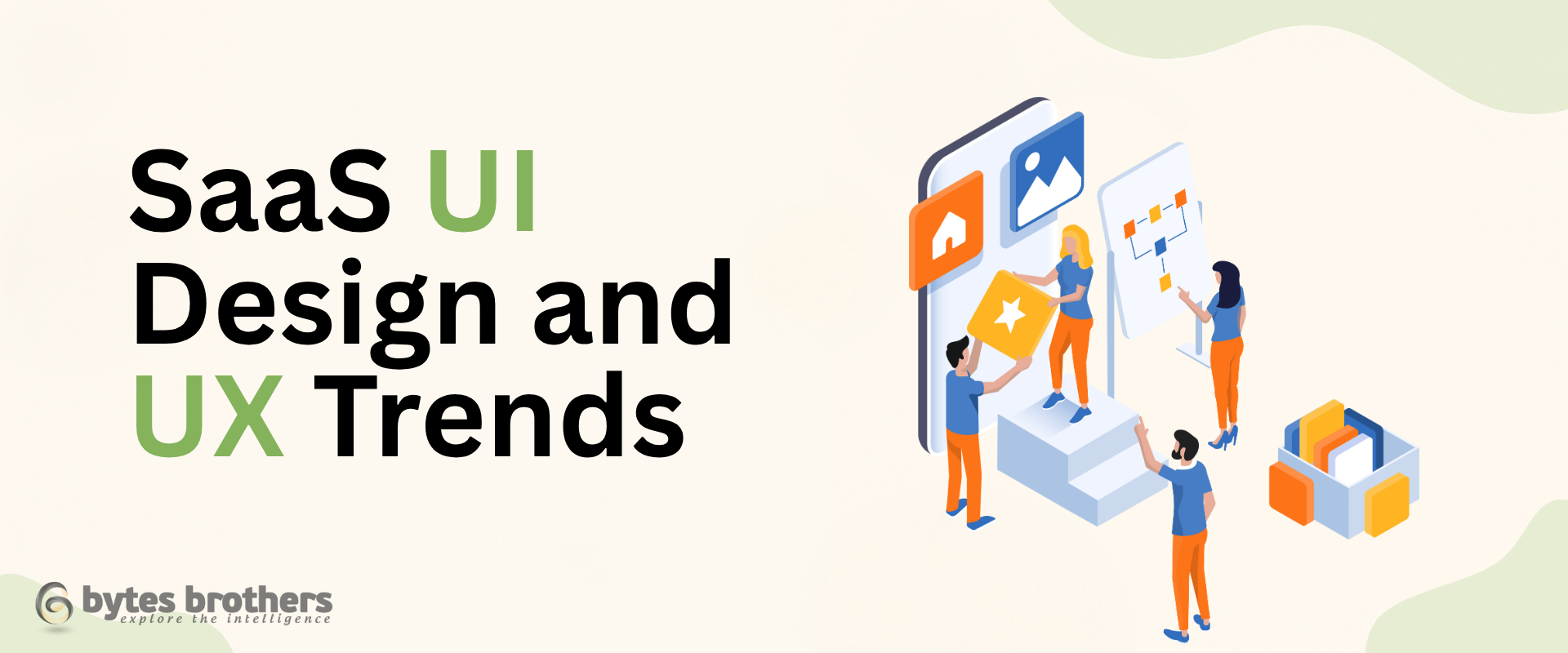SaaS UI Design and UX Trends Founders Should Watch in 2025

In 2025, successful SaaS products are defined not just by features but by how intuitively users interact through smart SaaS UI design and seamless SaaS UX design. Founders must embrace evolving design trends to compete and grow.
Key Takeaway
- Prioritize accessibility, personalization, and micro-interactions in UI/UX.
- Responsive design now means device and context-aware experiences.
- Emerging tech like AI and voice UI is reshaping SaaS interfaces.
- Modern UI/UX drives lower churn and higher conversion in SaaS.
The Strategic Role of UI/UX in SaaS Growth
User experience has become a strategic asset. Poorly designed products confuse users and increase churn, while intuitive design supports product-led growth. For SaaS founders, UI/UX isn’t a cost center-it’s a driver of retention, satisfaction, and referrals.
Example: Notion’s Intuitive Workspace
Notion stands out in the crowded productivity SaaS space by offering a clean, flexible interface. Its modular design and gentle learning curve keep users engaged and encourage deeper adoption over time.
Key SaaS UI Design and UX Trends in 2025
1. Personalized User Interfaces
Leveraging usage data and machine learning, SaaS platforms are customizing dashboards, notifications, and workflows for individual users. This makes applications feel tailor-made, improving usability.
Real-world Use Case: CRM tools like HubSpot now adapt their UI based on user behavior-suggesting actions, hiding unused features, and prioritizing key tasks.
2. Accessibility as a Baseline
Designing for accessibility is no longer optional. SaaS founders must ensure their platforms comply with WCAG 2.2 standards. This includes color contrast, keyboard navigation, and screen reader compatibility.
Why it Matters: Accessible design broadens your user base, improves SEO, and reduces legal risk.
3. Context-Aware Responsive Design
Responsive design in 2025 goes beyond screen size. Applications now adjust layouts based on device capabilities, user roles, time of day, and previous behavior.
Technology to Watch: Frameworks like Tailwind CSS and responsive JavaScript libraries such as Alpine.js allow developers to adapt UI dynamically.
4. Micro-Interactions That Drive Engagement
Thoughtfully placed animations and feedback cues enhance user understanding. These subtle elements guide users without overwhelming them.
Tip: Use tools like Lottie for lightweight animations and Framer Motion for React apps to create delightful micro-interactions.
5. AI-Powered UX Enhancements
AI is helping SaaS platforms automate UI personalization, predict user intent, and offer smart assistance via chat or suggestions.
Implementation Example: Grammarly uses AI to proactively suggest corrections and improvements, enhancing usability and saving time.
Integrating Design Trends Into Your SaaS Product
Step 1: Audit Your Current UI/UX
Start by identifying friction points through user testing and behavior analytics (e.g., Hotjar or FullStory).
Step 2: Define Design Objectives
Map business goals to specific user experience improvements. Whether it’s faster onboarding or higher engagement, align your design goals accordingly.
Step 3: Choose the Right Tech Stack
Adopt modern frameworks and design systems. For instance, use Tailwind CSS for utility-first design and Storybook for component testing.
Step 4: Iterate and Validate
Continuously gather user feedback post-launch to refine your UI/UX based on real interactions.
Where BytesBrothers.com Can Help
At BytesBrothers, we specialize in helping SaaS startups implement cutting-edge design that supports business growth. Our team stays at the forefront of user experience design trends and applies best practices in SaaS UI design and SaaS UX design to build products users love.
Explore our SaaS MVP development services to see how we help founders go from concept to launch with speed and clarity.
Ready to Elevate Your SaaS UX?
Contact Us Today For a Free Consultation
—And see how expert UI/UX can drive your product’s success.